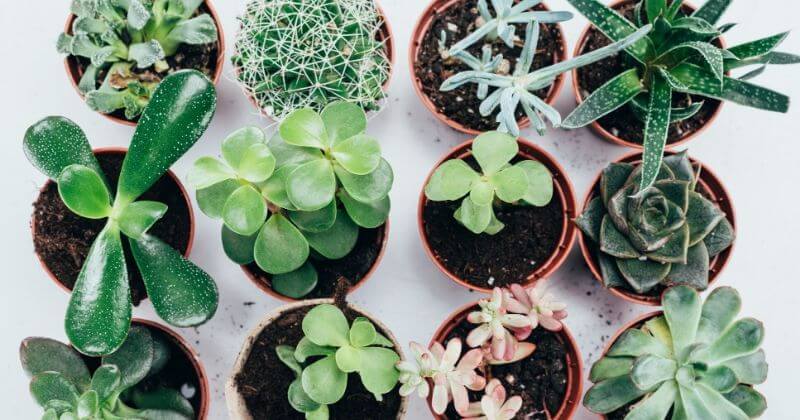

The standard fluorescent bulb, commonly denoted T12, makes a decent grow light for houseplants, starting seeds, supplementing the natural light of a window, and other situations where lighting needs are modest. PHOTO: By Falcona / Fluorescent Grow Lights There are three main types of grow lights.įull-spectrum fluorescent lights – either of the tube or standard CFL variety – are a great choice when starting seeds indoors. You can some types of bulbs are available in full-spectrum form, however, simplifying things. If you want to grow flowers, marijuana, or any fruiting plant (cucumbers, tomatoes, peppers, lemons, etc.), you’ll also require low spectrum bulbs. In other words, if your goal is to simply produce seedlings, leafy green vegetables, or root crops, you only need higher spectrum bulbs. Foliage growth is generally best around 6500K, though many plants need a period of warmer light, around 3000K, in order to produce flowers, and thus fruit. This refers to their relative warmth or coolness on the color spectrum – the higher the number, the cooler the light. When shopping for grow lights, you’ll notice they are labeled with numbers like 2700K or 4000K. Warm vs Cool: Understanding Color Spectrum in Grow Lights Household fluorescent bulbs can make effective grow lights, but only if they are placed in within a few inches of the foliage and left on for 16 hours per day – not ideal. Traditional incandescent bulbs do not have the proper spectrum of light, or intensity, to supplant the sun. The indoor lighting found in most homes does little to support photosynthesis.
BEST GROW LIGHT FOR SEEDS WINDOWS
South-facing windows may provide enough light for a tray or two of seedlings, but if you want to grow vegetables, or any other sun-loving plants, to maturity, you’re going to need grow lights.

Yet unless you’re lucky enough to have a solarium or greenhouse attached to your home, providing sufficient light to your plants will likely be an obstacle (shade-tolerant houseplants excepted).

The biggest benefits are the most obvious: garden pests can’t get at your plants, and you have total control over the weather.


 0 kommentar(er)
0 kommentar(er)
